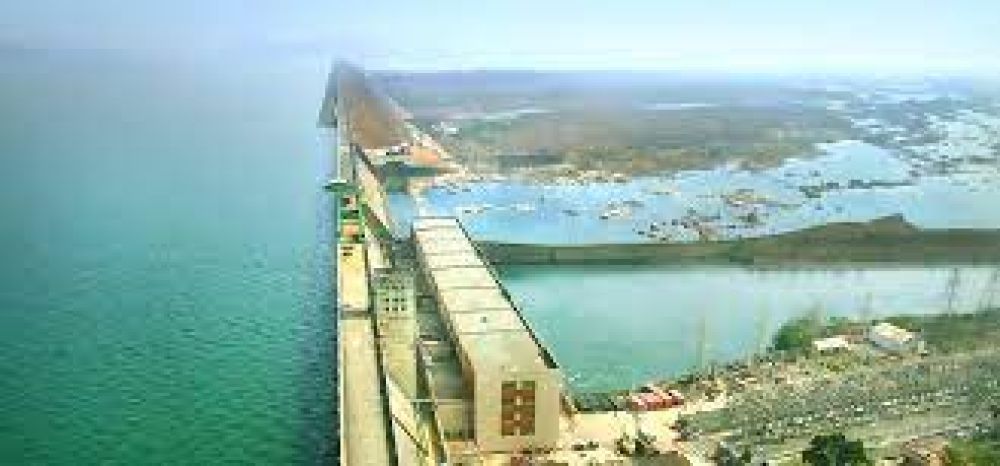

Sambalpur, located in the state of Odisha, India, has a rich cultural heritage and history that dates back to ancient times. It is known for its historic temples, tribal culture, and natural beauty. The region has long been a center of art, culture, and spirituality, attracting visitors and pilgrims for centuries.
The history of tourism in Sambalpur can be traced back to its days as a significant hub for trade and commerce. Its strategic location on the banks of the Mahanadi River made it an important stopover for traders and merchants from across the subcontinent. Over time, the cultural exchanges facilitated by these interactions led to Sambalpur becoming a mosaic of various cultural influences.
Sambalpur is home to several ancient temples, with the famous Hirakud Dam nearby, which used to attract a significant number of pilgrims and history enthusiasts throughout the year. The Samaleswari Temple, dedicated to Goddess Samaleswari, is particularly famous and has been an important pilgrimage destination for decades.
It was post-independence that Sambalpur started witnessing a structured growth in tourism. The establishment of the Hirakud Dam in the 1950s, the world's longest earthen dam, turned out to be a catalyst in boosting tourism activities in the area. Not only did it provide a source of irrigation and power generation, but it also became a tourist attraction – drawing visitors for its engineering marvel and scenic beauty.
Another attraction that added to the tourism portfolio of Sambalpur is its rich tradition in handloom and handicrafts. The unique textile designs, especially the Sambalpuri Ikat, have brought fame to the region, with tourists visiting to purchase authentic handwoven fabrics directly from the weavers.
In more recent years, Sambalpur has seen a growth in ecotourism. Visitors come to explore the dense forests of the region, which are rich in biodiversity. Wildlife sanctuaries like the Debrigarh Wildlife Sanctuary enhance Sambalpur’s appeal to nature and adventure enthusiasts.
The latest tourism trend in Sambalpur involves experiential travel, where tourists are given the opportunity to immerse themselves in local culture. Homestays and community-led tourism initiatives are on the rise, providing visitors with genuine insights into the tribal way of life and the area's unique customs and traditions.
With the digital era's advent, information about Sambalpur’s tourism hotspots, cultural festivals – such as Sitalsasthi Carnival, Nuakhai, and Bargarh Dhanu Jatra – have reached a much broader audience. Social media and travel blogs are playing a crucial role in bringing more attention to this heritage-rich destination.
Sambalpur remains a destinations with a deep-seated history in tourism, celebrated for its cultural diversity, historical significance, and natural wonders. Current trends indicating a shift towards more responsible and sustainable tourism practices have the potential to shape Sambalpur's tourism future ensuring a positive impact on the local communities and their heritage.